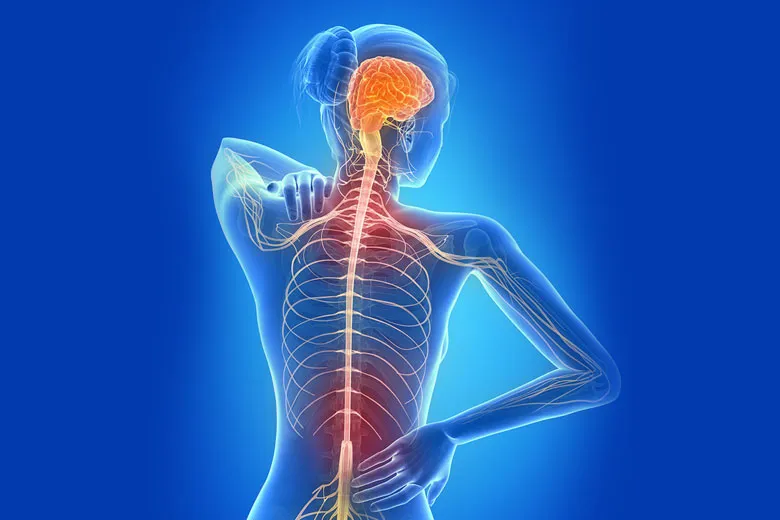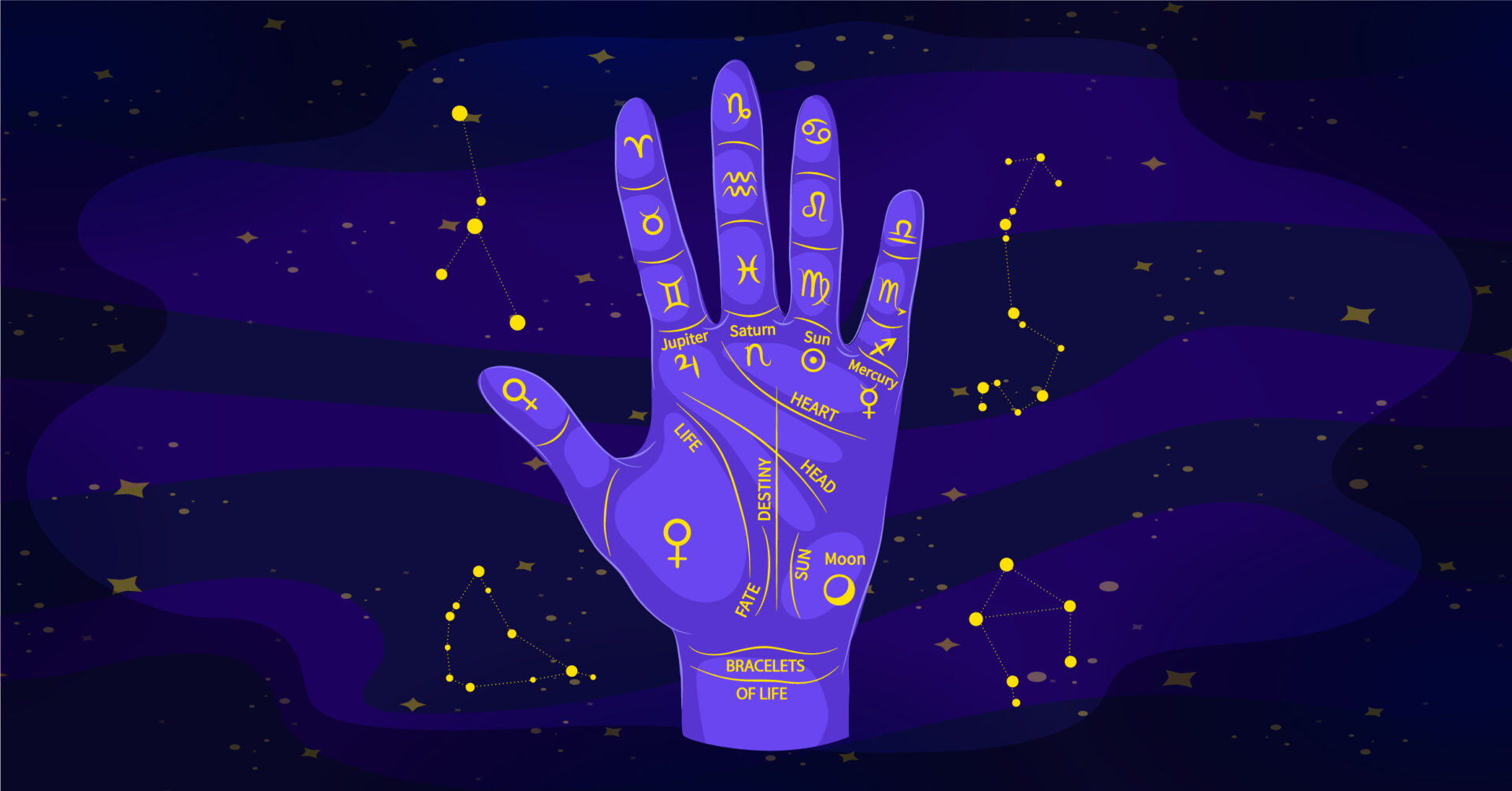The DSM-5 characterises Somatic Symptoms and Related Disorders emerging out of medically unexplained symptoms and causing extreme distress and impairment in functioning. To simplify, imagine waking up with excruciating pain to the point that you can’t go to work, or eat or sleep. Upon medical testing, the reports are all clear and there are no underlying medical conditions that correlate with the intensity of your pain.
The Freudian psychoanalytic view might say that you are going through intense emotional distress and for the lack of vocabulary and validation to address your emotional pain, you start exhibiting it physically. Another notion of dualism suggests that mind and body are separate entities and lays emphasis on expanding diagnostic measures within separate domains.
Shahid Ali et al, in their paper ‘Conversion Disorder- Mind Versus Body: A Review’, lay emphasis on the trajectory of pain. New literature in efforts of understanding pain takes an evolutionary approach indicating pain has an evolutionary function. It helps you take precautions and prevent yourself from falling in harm’s way. The pain that comes from touching an open wound is an indication to stop touching it. But how does this help us in understanding somatisation? There is no clear medical diagnosis or a reason for heightened pain expression. Does it mean that the pain isn’t real? Unless, it is.
A paper published in The Journal of Neuropsychiatry and Clinical Neurosciences explains the neural circuit of somatosensory amplification as a pathway linking afferent nerves through the thalamus and the anterior cingulate cortex. There is a constant relay of somatosensory information from limbs to the spinal cord. The spinal cord relays this information to the brain stem and then further to medial dorsal thalamic nuclei and then forward to the anterior cingulate cortex.
If your body is a kingdom, think of thalamus as the watchtower guard which tells it when you need to run when you see a predator. Anterior cingulate cortex performs a check of the entire system and tells you if you’re fit enough to run, and if you’ll have any trouble with running. Basically, it evaluates whether your body is or will be in pain. . In patients with somatoform disorders, the anterior cingulate cortex is running in an overdrive trying to tell you that there’s pain in the body – even when there isn’t. It becomes too much to bear, causing severe distress and impairment regardless of the presence of an evident threat.
This is the basic underlying principle in somatic symptoms and related disorders. This category of the DSM 5 includes Somatic Symptom Disorder, Illness Anxiety Disorder, Functional Neurological Symptom Disorder, Factitious Disorder(imposed on self and others), other specified and unspecified somatic symptom disorders.
A person suffering from a somatic symptom disorder is going to exhibit severe impairment in functioning due to relentless pain in a certain part(s) of the body. They tend to exhaust medical diagnostic procedures and may have difficulty believing that there is no diagnosable medical condition underlying their pain. Some patients may present medical conditions but with exaggerated pain symptoms. They often exhibit high levels of anxiety over their disorder and are highly preoccupied in pain relieving procedures. Usually, a six month period of these behaviours with measurable impairment is needed to be diagnosed with this disorder.
An Illness Anxiety Disorder patient will exhibit intense fear of getting a disorder. They may engage in regular checking of their bodies for physical abnormalities or pain. They are quite alarmed about their health status.The disorder they fear may change over time. For diagnosis, the illness preoccupation should be present for more than 6 months and shouldn’t be explained with other disorders.
Conversion Disorder or Functional Neurological Symptom Disorder is better characterised by altered voluntary motor or sensory function. Loss of vision or speech, paralysis, dystonia, seizures, mixed or special sensory symptoms. There is no medical condition associated with the diagnosis. In some cases, it might be accompanied with a psychological stressor.
Factitious Disorder on (self or imposed) is characterised by heightened perception of illness, marked by instances of presenting oneself or the imposed individual as ill. There is no apparent diagnosed medical condition but there are efforts in showing oneself as ill and in pain. There are no external rewards associated with the misrepresentation. They’re often seen changing doctors on multiple occasions and might engage in self harm.
Patients have trouble trusting that conditions can be treated by talking to a therapist. Generally, therapeutic approaches in treatment of this disorder include a course in pain management and intensive psychotherapy. Support groups are also recommended. In a review published in the journal ‘Dialogues in Clinical Neuroscience’, Peter Henningsen, MD, recommends a stepped care approach which includes validation of pain, expressing concern and understanding of the pain at all levels of care and appropriate pain management treatment. The stigma associated with somatic symptom disorders is often faced in the form of invalidation of pain by the loved ones, and all levels of care starting from physicians to mental health professionals. There is a need to understand that despite lack of clear medical diagnosis, pain experienced by these individuals is equally real and not “in the head”
Read more :
Mental Health Effects of Screen Time: Impact of Excessive Screen Time on Mental Health
Trauma: Types, Causes, Symptoms and Major Disorders of Trauma





